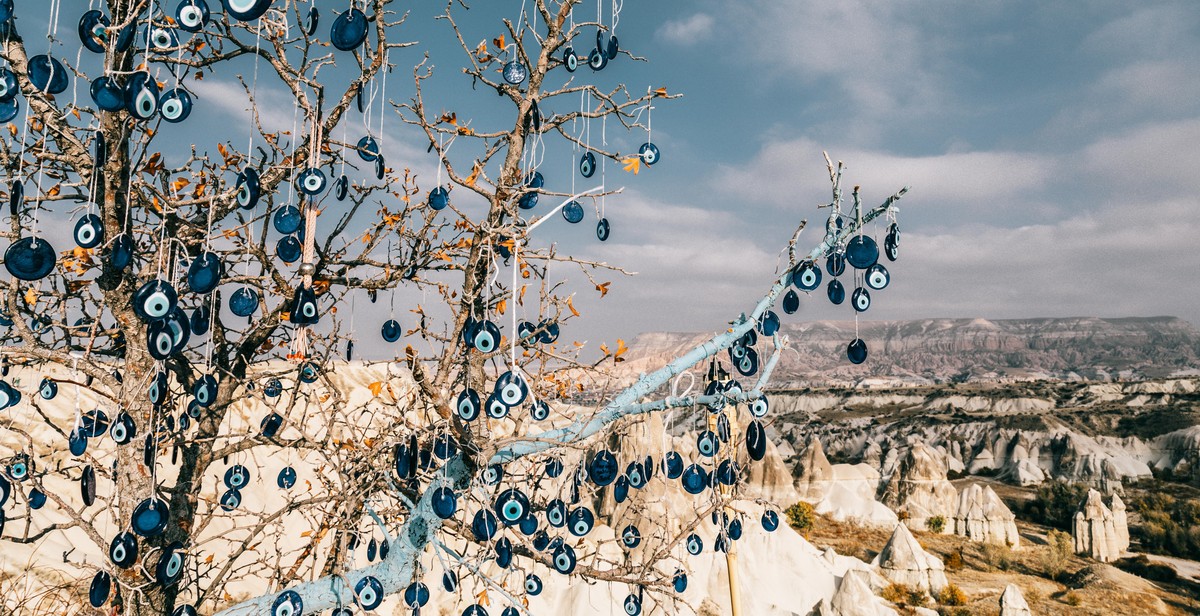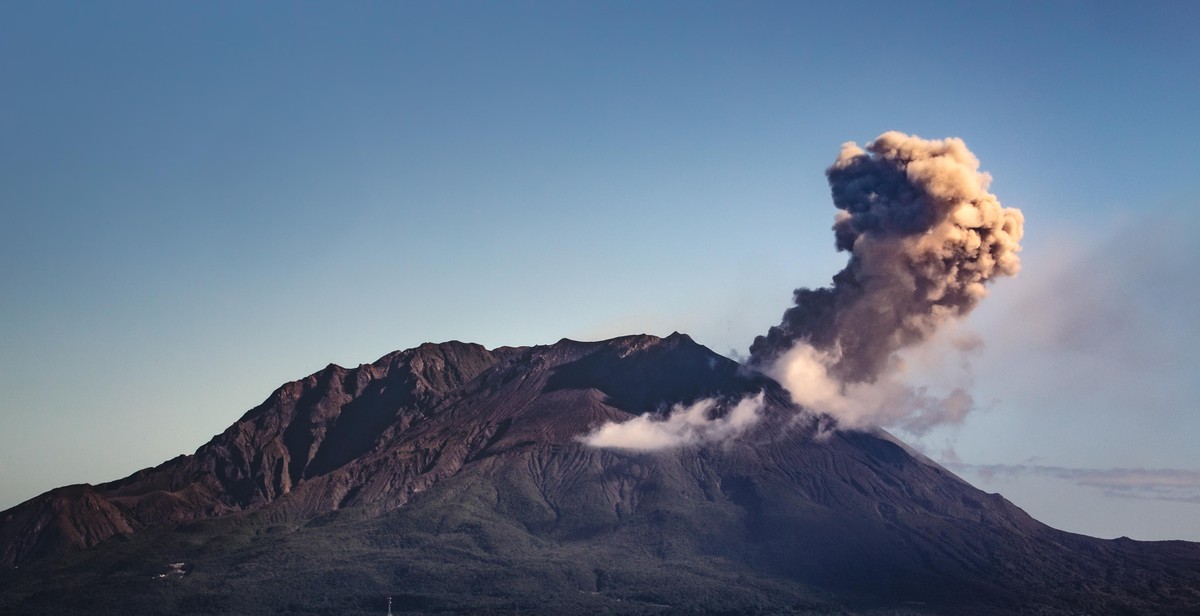Protecting Your Garden from Volcanic Fallout
Living near a volcano can be an exciting and unique experience, but it also comes with its challenges. One of the biggest challenges is protecting your garden from the effects of volcanic fallout. When a volcano erupts, it can spew ash and acidic soil that can damage or even kill your plants.
As a professional article writer and content creator with years of experience, I have seen firsthand the devastating effects of volcanic fallout on gardens. In this article, I will share my knowledge and personal experience on how to protect your garden from volcanic fallout and safeguard your plants from ash and acidic soil.
Understanding the Effects of Volcanic Fallout on Your Garden
Before we dive into the ways to protect your garden, it’s important to understand the effects of volcanic fallout on your plants. The ash and acidic soil can damage the leaves and stems of your plants, making them more susceptible to diseases and pests. They can also alter the pH balance of your soil, making it difficult for your plants to absorb nutrients they need to grow.
But don’t worry, there are steps you can take to protect your garden and keep your plants healthy. Let’s explore them in detail.

Understanding the Effects of Volcanic Fallout on Plants
Volcanic eruptions can have a significant impact on plants and vegetation. The ash and gases released during an eruption can cause direct damage to plants, as well as affect soil quality and lead to acid rain, which can further harm plants.
What Happens to Plants During Volcanic Eruptions
During a volcanic eruption, plants can be directly damaged by the ash and lava flows. Ash can cover leaves and stems, blocking sunlight and reducing photosynthesis. Lava flows can physically damage or bury plants, disrupting their root systems and preventing them from accessing nutrients and water.
In addition to direct damage, plants can also be impacted by changes in the environment following an eruption. Ash and gases can lead to changes in temperature and humidity, which can affect plant growth and survival. The increased presence of sulfur dioxide can also lead to the formation of acid rain, which can further harm plants.
How Volcanic Ash Affects Soil Quality
Volcanic ash can have both positive and negative effects on soil quality. On one hand, ash can add nutrients to the soil, such as nitrogen and phosphorus, which can stimulate plant growth. However, ash can also make soil more compact and less permeable, making it harder for roots to grow and access water and nutrients.
Additionally, the high content of silica in volcanic ash can make it difficult for plants to absorb essential nutrients like calcium and magnesium. This can lead to nutrient deficiencies and stunted growth.
The Impact of Acid Rain on Plants
Acid rain, which is formed when sulfur dioxide and nitrogen oxides combine with moisture in the air, can have a significant impact on plant health. Acid rain can lower soil pH, making it more acidic and less hospitable to plant growth. It can also damage leaves and stems, reducing photosynthesis and weakening plants.
In some cases, plants can adapt to the changes brought on by volcanic eruptions and continue to grow and thrive. However, in areas with heavy fallout, it may be necessary to take steps to protect plants and soil from damage.
| Ways to protect plants from volcanic fallout: |
|---|
| 1. Cover plants with tarps or other protective coverings to prevent ash buildup on leaves and stems. |
| 2. Water plants regularly to remove ash buildup and prevent soil from becoming too dry. |
| 3. Add lime or other amendments to the soil to neutralize acidity and improve nutrient availability. |
| 4. Consider using fertilizers to supplement nutrients lost due to ash buildup. |
Preparing for a Volcanic Eruption
Living near a volcano can be both exciting and dangerous. While it’s impossible to predict when a volcanic eruption will occur, it’s essential to be prepared for the worst-case scenario. Here are some tips to help you protect your garden from volcanic fallout:
Creating a Disaster Plan for Your Garden
Before an eruption occurs, it’s important to create a disaster plan for your garden. This plan should include a list of actions to take before, during, and after a volcanic eruption. For example, you should identify safe locations to move your plants to, such as a greenhouse or indoor area. If you have large trees or structures in your garden, consider hiring a professional to assess their stability and make necessary repairs.
Stocking Up on Supplies
When preparing for a volcanic eruption, it’s important to stock up on necessary supplies. This includes protective gear like masks and goggles to protect your eyes and lungs from volcanic ash. You should also have enough water and food supplies for you and your plants to last at least a few days. Additionally, consider purchasing a soil pH testing kit to test the acidity of your soil after the eruption.
Protecting Your Garden Structures
During a volcanic eruption, ash and debris can cause significant damage to garden structures. To protect your garden, it’s important to cover any structures like greenhouses, sheds, or fences with heavy-duty tarps. You should also consider removing any loose items like garden tools or furniture and storing them in a secure location. After the eruption, be sure to clean any ash or debris from your garden structures to prevent long-term damage.
| Disaster Plan Checklist |
|---|
| Identify safe locations for plants |
| Hire a professional to assess tree and structure stability |
| Stock up on protective gear, water, and food supplies |
| Purchase a soil pH testing kit |
| Cover garden structures with heavy-duty tarps |
| Remove loose items and store them in a secure location |
| Clean ash and debris from garden structures after the eruption |
Protecting Plants During a Volcanic Eruption
When a volcanic eruption occurs, it can cause significant damage to your garden and plants. The ash and acidic soil can harm your plants, and it is essential to take precautions to safeguard them. Here are some ways to protect your plants during a volcanic eruption:
Covering Plants with Tarps or Plastic
One of the most effective ways to protect your plants from volcanic fallout is by covering them with tarps or plastic. This method is best used for small plants or plants in pots. Covering the plants will prevent ash from settling on them and protect them from the harmful effects of acidic soil.
Watering Plants Before and After the Eruption
It is advisable to water your plants thoroughly before the eruption. This will help the soil absorb the ash, and the plants will be able to withstand the effects of acidic soil. After the eruption, it is essential to water your plants again to wash away the ash and acidic soil. This will help your plants recover and maintain their health.
Removing Ash from Plants
After the eruption, it is crucial to remove the ash from your plants. Use a soft brush to gently remove the ash from the leaves, stems, and flowers. Be careful not to damage the plants while doing this. Removing the ash will help the plants breathe and recover from the effects of the eruption.
By taking these precautions, you can protect your garden and plants from the harmful effects of volcanic fallout. Remember to cover your plants with tarps or plastic, water them before and after the eruption, and remove the ash from the plants to maintain their health and beauty.

Reviving Your Garden After a Volcanic Eruption
After a volcanic eruption, your garden may be covered in debris and ash. It’s important to remove this debris before you can start reviving your garden. Use a rake or broom to gently remove the ash and debris from the surface of your garden. Be careful not to damage any plants that may have survived the eruption.
Testing Soil pH Levels
Volcanic ash can make your soil more acidic, which can be harmful to your plants. It’s important to test the pH levels of your soil before you start replanting. You can use a soil testing kit or send a sample of your soil to a lab for analysis. Once you know the pH levels of your soil, you can take steps to adjust it if necessary.
Fertilizing Your Garden
After a volcanic eruption, your soil may be depleted of nutrients. It’s important to fertilize your garden to give your plants the nutrients they need to grow. Use a balanced fertilizer that contains nitrogen, phosphorus, and potassium. You can also add organic matter to your soil to improve its fertility.
Replanting Your Garden
Once you’ve removed the debris, tested your soil, and fertilized your garden, you’re ready to replant. Choose plants that are well-suited to your soil type and climate. Consider using plants that are native to your area, as they are more likely to thrive in the conditions after a volcanic eruption. Be patient and give your garden time to recover.
| Plant | Soil Type | Climate |
|---|---|---|
| Lava cactus | Sandy, well-drained soil | Hot and dry |
| Ohia lehua | Volcanic soil | Tropical |
| Red hot poker | Well-drained soil | Hot and dry |
